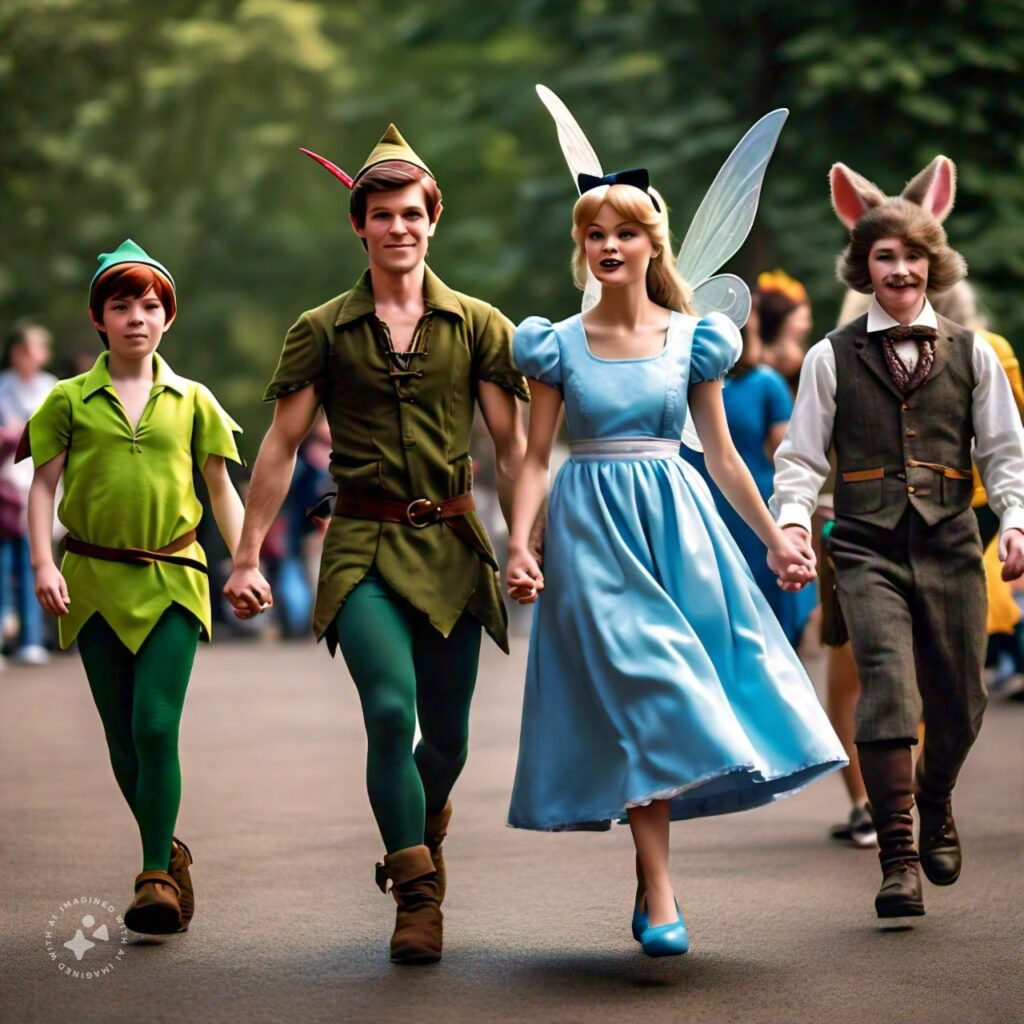World Book Day costumes allow students and readers of all ages to step into the shoes of their favourite characters, making books feel real and relatable. These costumes add a new layer of excitement to storytelling and inspire readers to connect with books in a creative, hands-on way. In this article, discover how book day costumes contribute to a lively reading culture and deepen the appreciation for literature.
1. Building Excitement Around Reading
One of the greatest impacts of book day costumes is how they make reading exciting and interactive. When children and adults dress up as well-known story characters, they bring those characters into everyday life, making stories more tangible and relatable. This experience encourages young readers to dive deeper into their favourite tales, fostering a genuine love for reading and an interest in exploring new books.
Dressing up as characters from books also adds an element of anticipation and joy. This makes reading fun and nurtures curiosity, encouraging readers to discover new worlds and genres.
2. Enhancing Imagination and Creativity
Book day costumes allow readers to creatively interpret story characters creatively, encouraging them to imagine how each character might look, act, and dress. This creative process fuels imagination and allows readers to engage with characters on a deeper level beyond the pages of a book.
For those looking for inspiration, Costumes.com offers a variety of World Book Day costumes, perfect for bringing your favourite characters to life and sparking the imagination.
Imagination thrives when readers actively participate in the storytelling process. Readers explore different looks and expressions through costumes, strengthening their creativity and problem-solving skills. This hands-on approach helps readers become more connected to the stories they love and inspires them to view reading as a creative and enjoyable journey.
3. Strengthening Connections with Literature
When readers embody characters, they develop a stronger connection to the story’s themes, messages, and emotions. Book day costumes help readers step into the world of the story, fostering empathy for the characters they portray. This connection deepens their understanding of the characters’ experiences, struggles, and joys, making reading a more meaningful experience.
This connection to literature is precious for young readers, as it helps them build emotional skills and a sense of empathy. By becoming part of the story, they learn to view the world from different perspectives, enhancing their emotional intelligence and making them more compassionate individuals.
4. Inspiring Group Activities and Collaboration
Book day costumes can transform reading into a social activity, inspiring group projects and collaborations. Schools, libraries, and book clubs often organise events where readers dress up as characters and join in games or activities that reflect their chosen stories. These group activities encourage teamwork, cooperation, and a shared love for literature.
Collaboration around book themes helps foster friendships and a sense of community among readers. Working together to recreate scenes or act out moments from stories builds camaraderie and reinforces the joy of shared reading experiences.
5. Educating Through Character Representation
Costumes also serve as an educational tool, allowing readers to learn about different cultures, historical periods, and viewpoints represented in literature. By portraying characters from different backgrounds, readers gain insights into worlds they might not be familiar with, broadening their cultural understanding and knowledge.
Character representation through costumes can highlight important social issues and values depicted in books. By embodying various characters, readers develop a deeper appreciation for literature’s wide variety of stories and experiences.
Book day costumes uniquely make literature come alive, encouraging a love for reading and a deeper connection to stories. By transforming readers into characters, costumes build excitement, enhance imagination, foster empathy, and inspire collaboration. Through costumes, readers dynamically experience literature, making each story memorable and meaningful.


